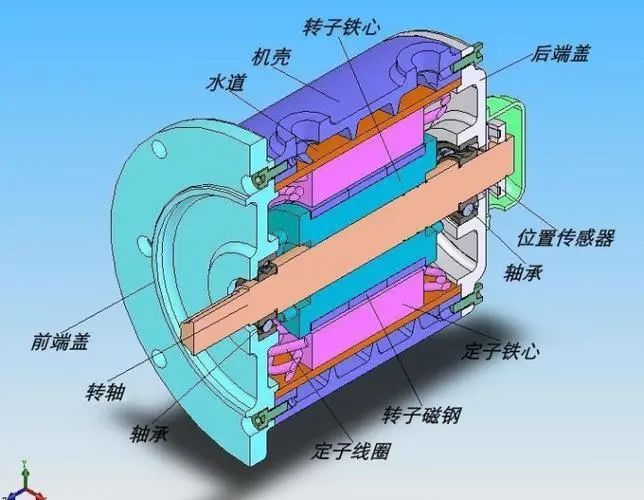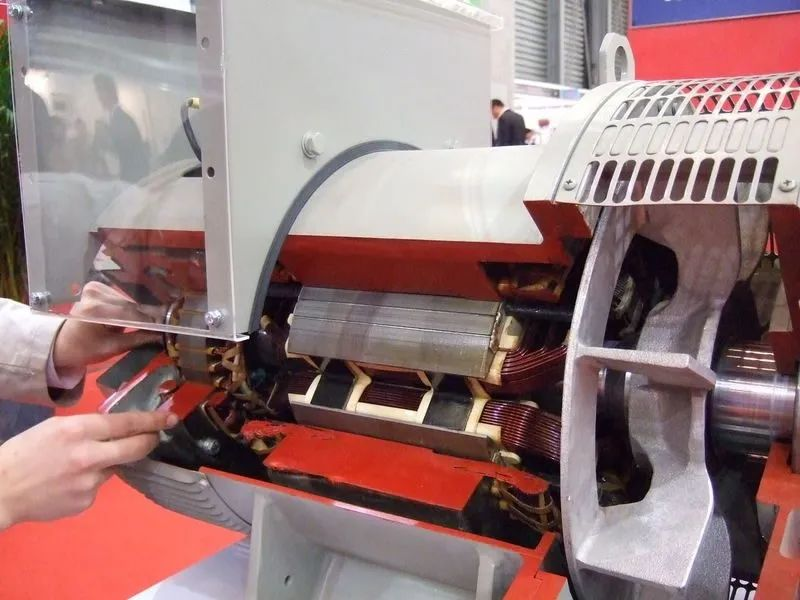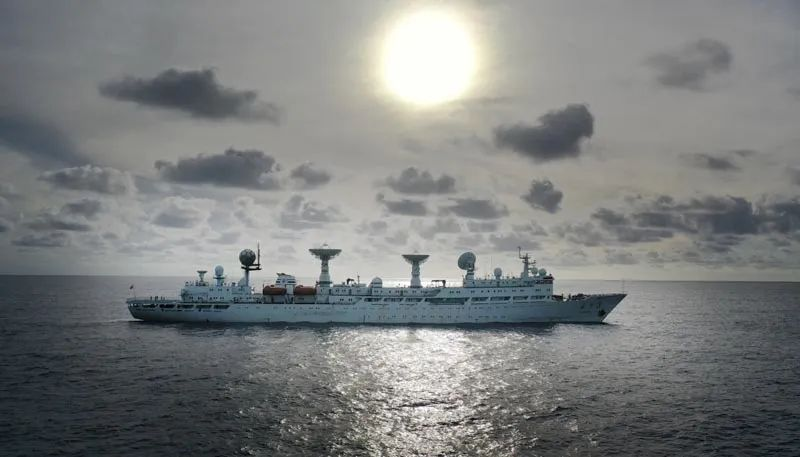There are thousands of large and small ship motors, which are distributed in different positions and play an important role, such as: steering gear, adjustable propeller, main engine fuel supply pump, main engine sea water cooling pump, auxiliary engine sea water cooling pump, crew The cabin air supply, return fan, side thruster, fire pump, etc. all have marine motors.
Whether its operation is normal or not directly affects whether the equipment can work normally and affects the safety of the ship's navigation. From this we can see that the ship's motor plays an important role in a giant ship of tens of thousands of tons.
The article mainly discusses the analysis and treatment of several common faults of marine motors based on years of work experience.




